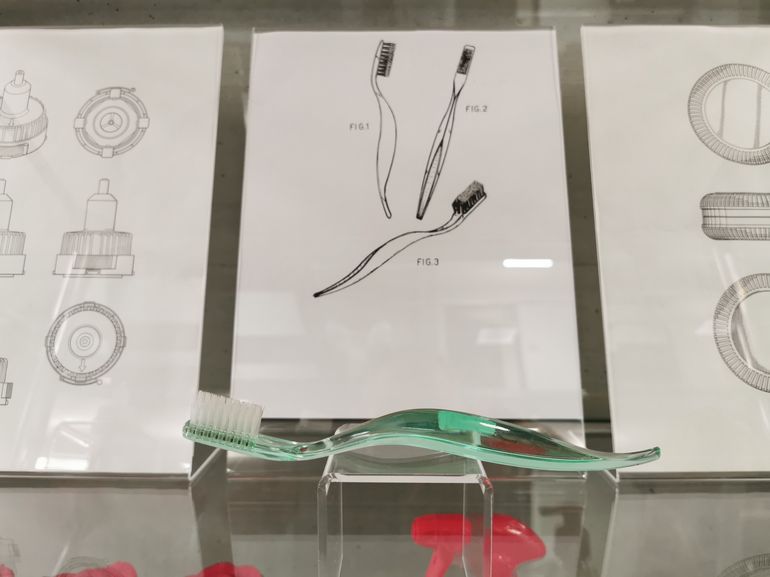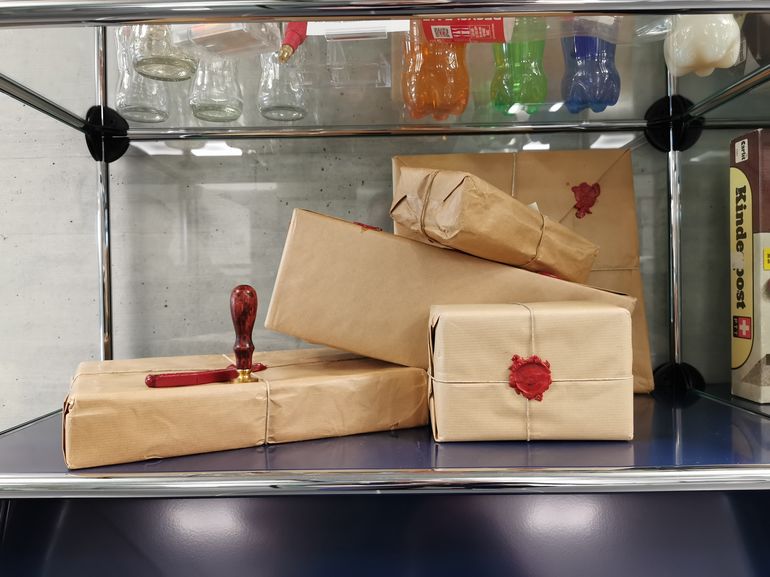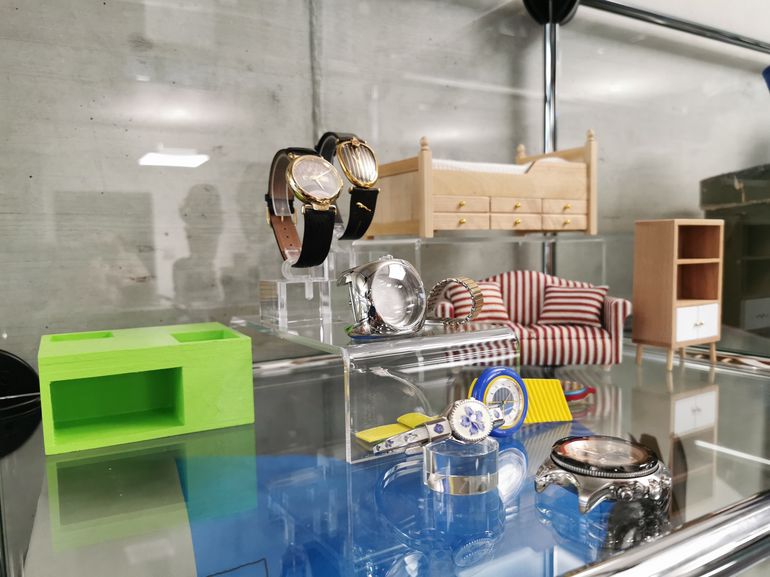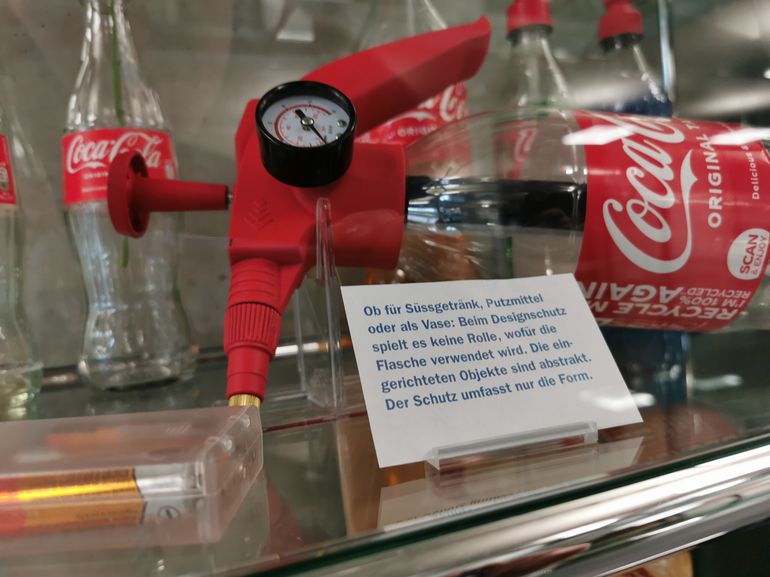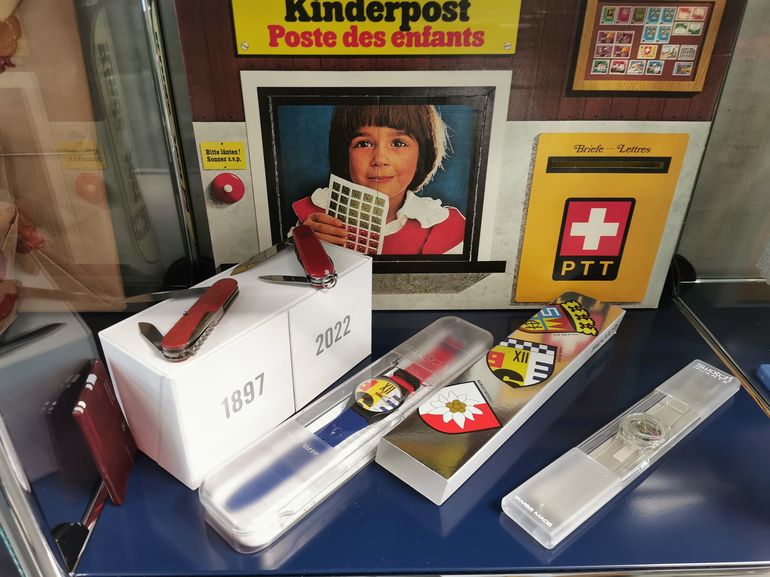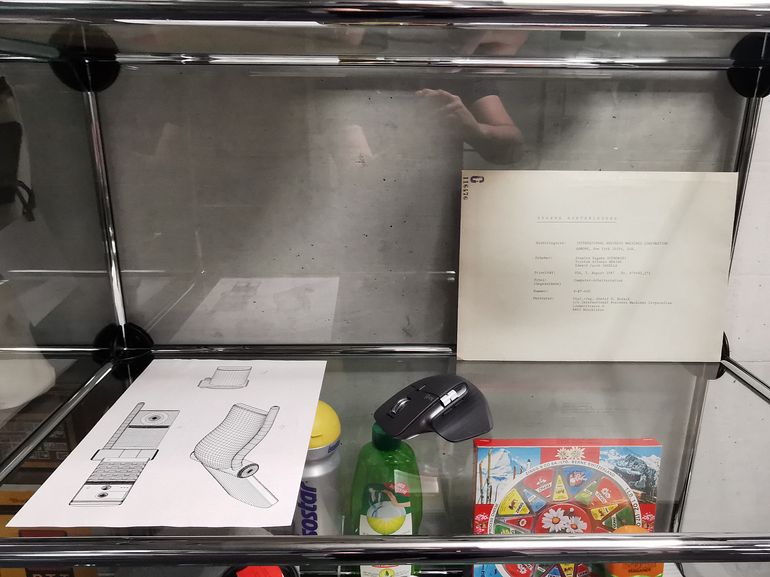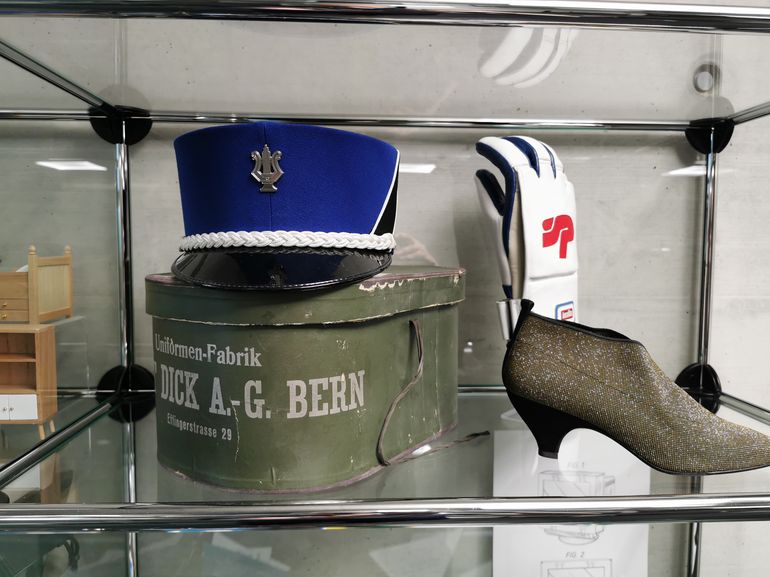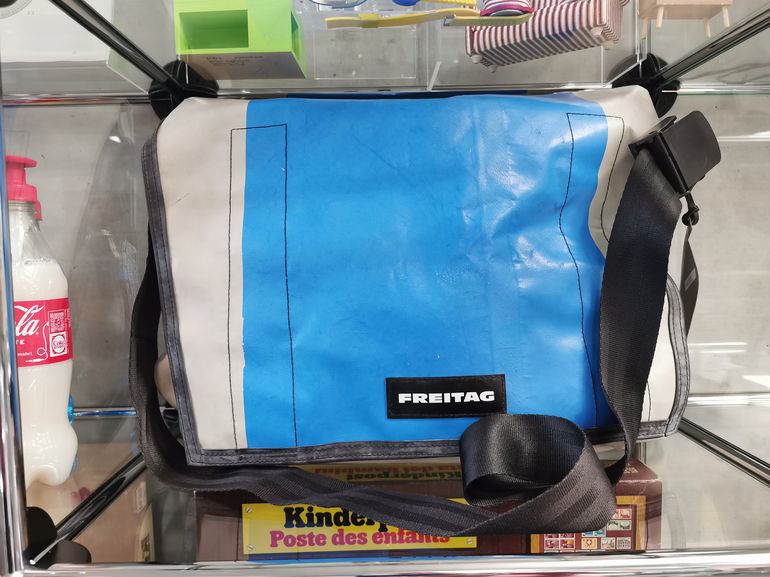For IP professionals
This is the portal for professionals working in the field of intellectual property. Here you'll find direct access to all necessary resources.
Quick links
Design protection
| What is protected? | Shapes and forms i.e. the exterior appearance of an object |
|---|---|
| How does it become protected? | Registration in the design register |
| Minimum requirements |
|
| No protection for |
|
| What exceptions are there? | None |
| Scope of protection | Defined by the illustration of the design |
| Period of protection | 5 years (renewable thereafter 4 × 5 years) Maximum of 25 years |
| Indications of protection | mod. dep. |
| Application fee (CH) | CHF 200 (basic fee) including publication of one illustration |
| Renewal fee (CH) | CHF 200 (5 years) |
| Unique to Switzerland |
|

